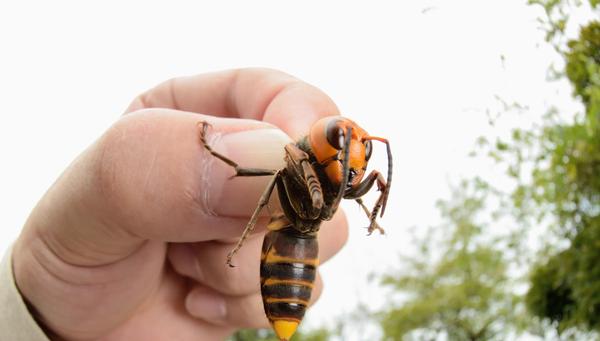Successful Eradication of Asian Giant Hornets in America
After five years since first detection, Washington State and federal agencies announced successful eradication of the invasive Asian giant hornet (Vespa mandarinia) through coordinated efforts including public education, extensive trapping, and innovative tracking techniques.

The successful elimination of the Asian giant hornet (Vespa mandarinia) in North America represents a remarkable achievement in invasive species management. This accomplishment came through a well-coordinated response involving multiple stakeholders and innovative control methods.
The Asian giant hornet, native to East Asia including China and Japan, poses significant threats to both human safety and ecological systems. With a body length of up to 5 centimeters and a potent venom delivered through a 6-millimeter stinger, these hornets can cause severe injury and, in rare cases, death. Their primary ecological impact stems from their predation on honeybees, with a small group of hornets capable of decimating an entire honeybee colony within hours.
The detection and eradication effort in Washington State demonstrated exemplary invasive species management. After the initial discovery in December 2019, authorities implemented a comprehensive response strategy. The Washington State Department of Agriculture (WSDA) deployed an extensive network of traps across potentially affected areas. They utilized both conventional bottle traps and innovative tracking methods, including radio telemetry tags attached to captured hornets.
This technological approach proved crucial. Workers caught live hornets and attached tiny tracking devices, allowing them to follow the insects back to their nests. The strategy led to the discovery and elimination of four nests between 2020 and 2021, all found within red alder trees. Public involvement played a vital role, with half of the nest locations identified through citizen reports.
The success of this eradication effort holds valuable lessons for future invasive species management. Key elements included rapid response to initial detection, effective public communication and engagement, and innovative tracking methods. The program demonstrated how early intervention, when invasive populations are still small, can prevent establishment and spread of potentially devastating species.
The triumph over the Asian giant hornet represents more than just eliminating a dangerous insect. It showcases the effectiveness of coordinated action between government agencies, scientific expertise, and public participation in addressing environmental challenges. This case study will likely inform future invasive species management strategies worldwide.